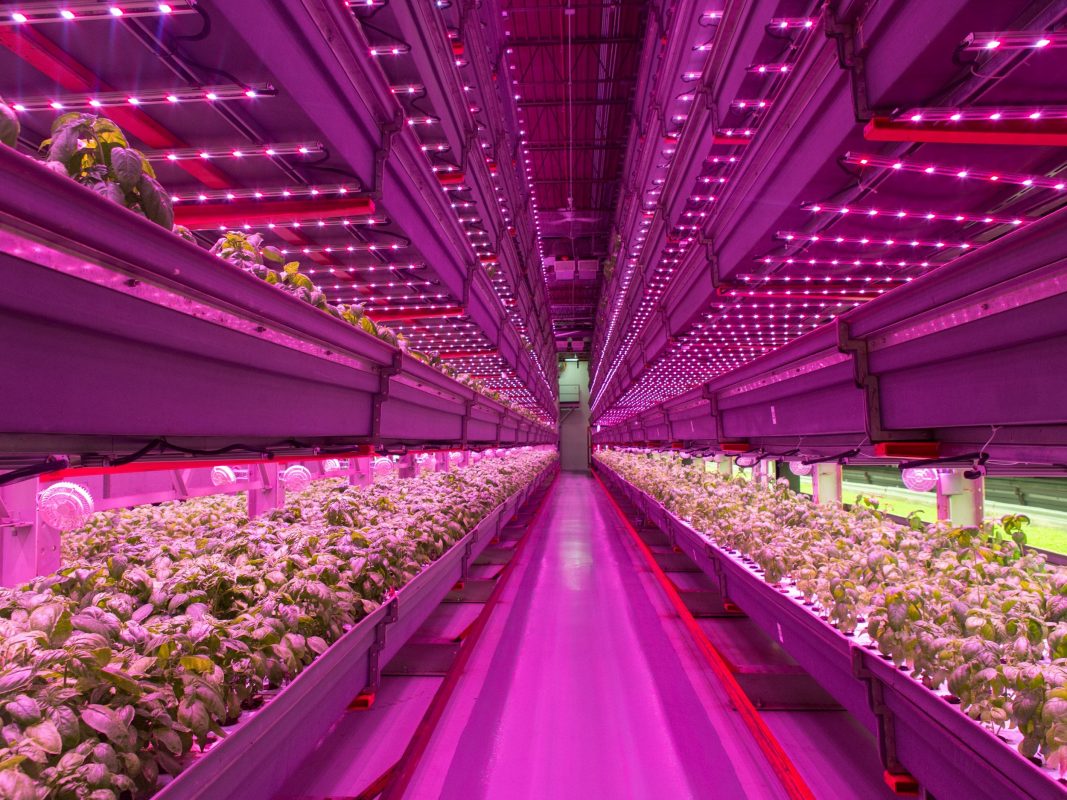Introduction
Agricultural grow lighting is a crucial technology in modern agriculture. With the challenges posed by population growth and the impact of climate change, agricultural production is facing increasing difficulties. In this context, LED grow lights, as an advanced lighting technology, are gradually becoming a key tool for improving plant growth environments, increasing agricultural yields, and optimizing energy use. This article will provide a detailed overview of the application of LED grow lights in agricultural grow lighting, coupled with real-life examples of crop growth, exploring their advantages, characteristics, and future development trends.
I. The Basic Principles of LED Grow Lights
Before delving into the application of LED grow lights in agriculture, it is essential to understand the basic principles of LEDs. LED, or light-emitting diode, is a semiconductor device that directly converts electrical energy into light energy. Compared to traditional light sources such as fluorescent and high-pressure sodium lamps, LEDs have higher energy efficiency, longer lifespan, and the ability to precisely regulate the spectrum to meet the varying light requirements of different plant growth stages.
II. Application of LED Grow Lights in Different Plant Growth Stages
One significant advantage of LED grow lights is their tunable spectrum. Plants have varying light requirements at different growth stages. During seed germination, plants require a significant amount of blue and red light. In the seedling growth stage, the ratio of blue to red light needs adjustment, and during flowering and fruiting, plants have a higher demand for red light. LED grow lights, by adjusting the spectrum, can precisely meet the light requirements of plants at different growth stages, thereby maximizing their growth potential.
Real-life Case Studies
- Greenhouse Vegetable ProductionIn many greenhouse vegetable production systems, the application of LED grow lights has proven remarkably successful. By providing adequate illumination during winter or overcast days, LED grow lights can effectively extend the daylight hours, promoting vegetable growth. Taking strawberries as an example, in actual greenhouse production, the use of LED grow lights at night not only increases strawberry yields but also improves fruit quality, enabling them to command higher market prices during non-traditional growing seasons.
- Vertical Farming SystemsVertical farming is a cultivation method that involves planting crops in stacked layers within a confined space. In this system, LED grow lights play a crucial role. By installing LED grow lights above vertically stacked plant beds, each layer of plants can receive sufficient light, enhancing spatial utilization efficiency. In practical cases, some urban vertical farming facilities, through the application of LED grow lights, have realized the dream of producing fresh vegetables in cities, providing a sustainable and efficient source of agricultural products for urban residents.
III. The Impact of Spectrum Regulation on Crop Quality
In addition to its influence on the growth process, spectrum regulation by LED grow lights significantly affects crop quality. Different wavelengths of light have varying effects on pigment synthesis, nutrient accumulation, and other aspects of plant development. Taking vegetables as an example, adjusting the spectrum during the growth process can increase the content of chlorophyll and antioxidant substances, making vegetables not only high-yielding but also more nutritionally rich.
IV. Environmental Friendliness and Sustainability
Another crucial advantage of LED grow lights is their environmental friendliness and sustainability. Compared to traditional high-pressure sodium lamps, LED grow lights generate less heat, allowing for better control of greenhouse environments and reducing energy waste. Additionally, LED grow lights do not contain environmentally harmful substances such as mercury, aligning with modern agriculture’s requirements for environmental protection and food safety.
V. Challenges and Future Directions
Despite the significant achievements of LED grow lights in agriculture, several challenges persist. High initial investment costs and potential negative effects of certain wavelengths on human eyes and plant growth environments require further research and improvement. In the future, with ongoing technological advancements, LED grow lights are expected to make greater breakthroughs in terms of cost, performance, and sustainability, providing a more comprehensive solution for agricultural production.
VI. Conclusion
In conclusion, LED grow lights, as an efficient, tunable spectrum, and environmentally friendly lighting technology, play a crucial role in agricultural grow lighting. Through the analysis of real-life cases, we not only witness their immense potential in increasing yields and optimizing quality but also recognize their importance in the sustainable development of agriculture. In the future, LED grow lights are poised to continue playing a more significant role in agricultural production, contributing to global food security and sustainable agriculture.
Related Post: Power Requirements and Key Considerations for Plant Growth Lighting Systems (LED power supply)
